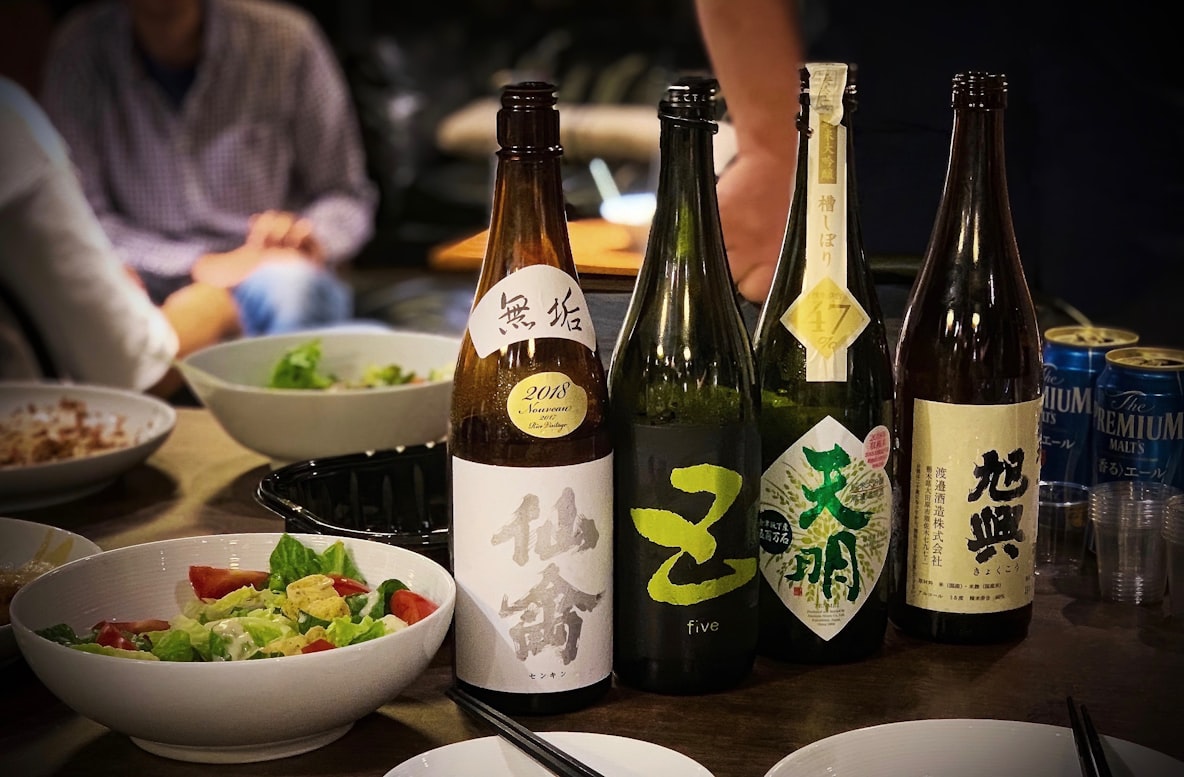Embark on a culinary exploration as we delve into the world of wasabi, the pungent and vibrant green condiment known for its association with sushi. While traditionally enjoyed with sushi and sashimi, wasabi is making its mark in the culinary scene, venturing beyond its role as a mere accompaniment. Join us as we uncover the origins, unique characteristics, and the emerging food trend propelling wasabi into a realm of diverse culinary wonders.
Origins of Wasabi
The Prized Rhizome
Wasabi, scientifically known as Wasabia japonica, is a member of the Brassicaceae family, which includes cabbage and mustard. Native to Japan, wasabi is cultivated from the rhizome (root-like stem) of the plant. The plant thrives in cool, shaded mountain stream beds, requiring precise conditions for optimal growth.
Historical Significance
Wasabi has a rich history in Japanese cuisine, dating back centuries. Traditionally grated on sharkskin, the rhizome was prized for its pungency and ability to enhance the flavors of raw fish. Wasabi’s popularity grew, and it became a staple in sushi culture, celebrated for its distinct taste and ability to cleanse the palate.
Unique Characteristics of Wasabi
Pungent Heat and Aroma
Wasabi’s signature characteristic is its pungent heat, often described as a “nose heat” due to the sensation felt in the nasal passages. The heat is accompanied by a distinct aroma that adds a layer of complexity to the overall flavor experience.
Freshness Is Key
The pungency of wasabi is at its peak when freshly grated. Once exposed to air, the volatile compounds responsible for its heat begin to dissipate, emphasizing the importance of using freshly grated wasabi for an authentic and potent flavor.
Versatility in Culinary Applications
While commonly associated with sushi, wasabi’s versatility extends far beyond. Chefs and culinary enthusiasts are discovering the diverse ways in which wasabi can elevate a range of dishes, from traditional Japanese cuisine to global culinary creations.
Food Trend: Wasabi Infusion
The Wasabi Infusion trend represents the integration of wasabi into a variety of culinary creations, expanding its reach beyond the confines of traditional Japanese dishes.
Fusion Flavors
One notable aspect of the Wasabi Infusion trend is its presence in fusion cuisine. Chefs are incorporating wasabi into dishes inspired by diverse culinary traditions, creating unique flavor profiles that marry the pungent heat of wasabi with global ingredients.
Artisanal Wasabi Products
The trend has spurred the production of artisanal wasabi products, including wasabi-infused oils, mayonnaises, and sauces. These products allow home cooks and chefs alike to experiment with wasabi’s distinctive flavor in a convenient and versatile form.
Wasabi in Desserts and Beverages
Wasabi’s unique flavor has found its way into desserts and beverages, offering a surprising twist. Wasabi-infused chocolates, ice creams, and cocktails showcase its adaptability in sweet and savory combinations.
Where to Experience Wasabi Wonders
For those eager to experience Wasabi Wonders, various culinary destinations and products provide opportunities to savor its unique flavor profile.
Innovative Sushi Bars
Innovative sushi bars, especially those known for their creative flair, may feature dishes that highlight wasabi in unexpected ways. Wasabi-infused sushi rolls, sashimi preparations, and even desserts offer a novel exploration of its flavor.
Specialty Food Stores
Specialty food stores often carry artisanal wasabi products, allowing consumers to bring the Wasabi Infusion trend into their homes. Look for wasabi-infused oils, sauces, or condiments that can add a burst of flavor to a variety of dishes.
Culinary Events and Tastings
Participating in culinary events and tastings focused on Japanese cuisine provides an excellent opportunity to experience Wasabi Infusion. These events may feature renowned chefs showcasing their inventive use of wasabi in both traditional and modern culinary creations.
Embracing Wasabi Wonders: A Flavorful Adventure
In conclusion, Wasabi Wonders invite us on a flavorful adventure where the pungent heat and unique aroma of wasabi find expression in diverse culinary creations. Whether savoring its traditional role in sushi, exploring fusion dishes that showcase its versatility, or experimenting with artisanal wasabi products at home, wasabi is a celebration of bold flavors and culinary innovation. So, let Wasabi Wonders awaken your taste buds, and may each bite be a delightful exploration of this vibrant and multifaceted condiment.…






